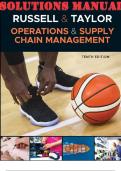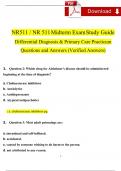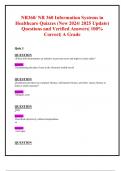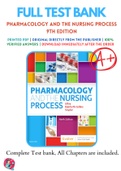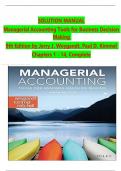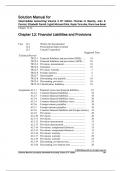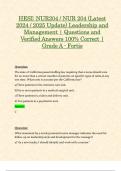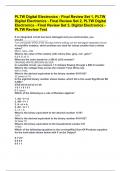Exam (elaborations)
Operations and Supply Chain Management 10th Edition by Roberta Russell and Bernard Taylor. - All Chapters 1-17 | SOLUTIONS MANUAL
SOLUTIONS MANUAL for Operations and Supply Chain Management 10th Edition by Roberta S. Russell and Bernard W. Taylor. ISBN 7645, 0. All Chapters 1-17. TABLE OF CONTENTS CHAPTER 1: In trod uction to Operations and Supply Chain Management CHAPTER 2: Quality Management CHAPTER 3: Statistical Process C...
[Show more]
